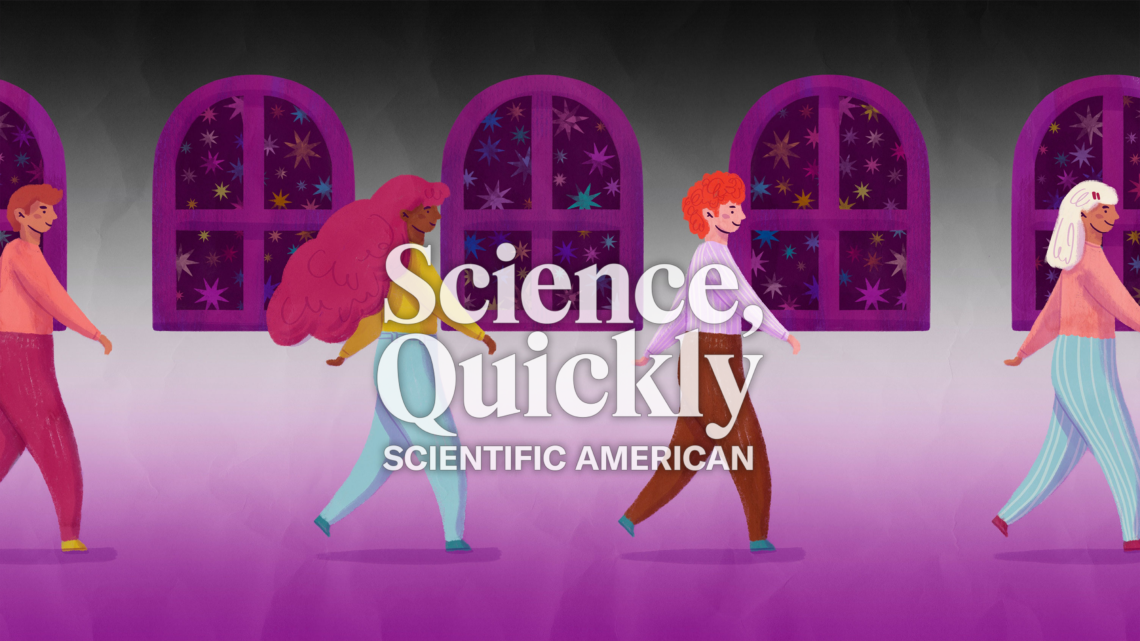Ela Przybyło: All the language that is coming from the asexual and aromantic community gives people precision for thinking of themselves in ways that it was impossible to think of ourselves before, because the language didn’t exist. My favorite being, like, “WTFsexual,” which is like just refusing to engage with like, the whole spectrum of having to identify in terms of attraction.
[CLIP: Music]
Kate Klein: There’s this, like, whole world underneath people’s clothing that no one talks about.
On supporting science journalism
If you’re enjoying this article, consider supporting our award-winning journalism by subscribing. By purchasing a subscription you are helping to ensure the future of impactful stories about the discoveries and ideas shaping our world today.
Sari van Anders: Our science, in some ways…, is sort of, like, catching up with people’s existences.
Meghan McDonough: I’m Meghan McDonough, and you’re listening to Scientific American’s Science, Quickly. This is part four of a four-part Fascination on the science of pleasure. In this series, we’re asking what we can learn from those with marginalized experiences to redefine sexuality, get to the bottom of BDSM, and find the female orgasm. In this episode, we’ll look at how the way in which scientists think about asexuality has shifted.
McDonough: I’m scrolling through the Asexuality Visibility and Education Network, or AVEN, website. One of AVEN’s recent newsletters covers Valentine’s Day. It asks, “What do you do on this day?” and “How do you cope with this day as an asexual and/or aromantic?”
One person writes that they “believe that love doesn’t necessarily have to have a sexual or a romantic element to it … and I spend the day with people I love.”
Asexual, or “ace,” people typically experience little to no sexual attraction and comprise about 1.7 percent of adults in sexual minority groups, according to the Williams Institute at the University of…
Read the full article here







